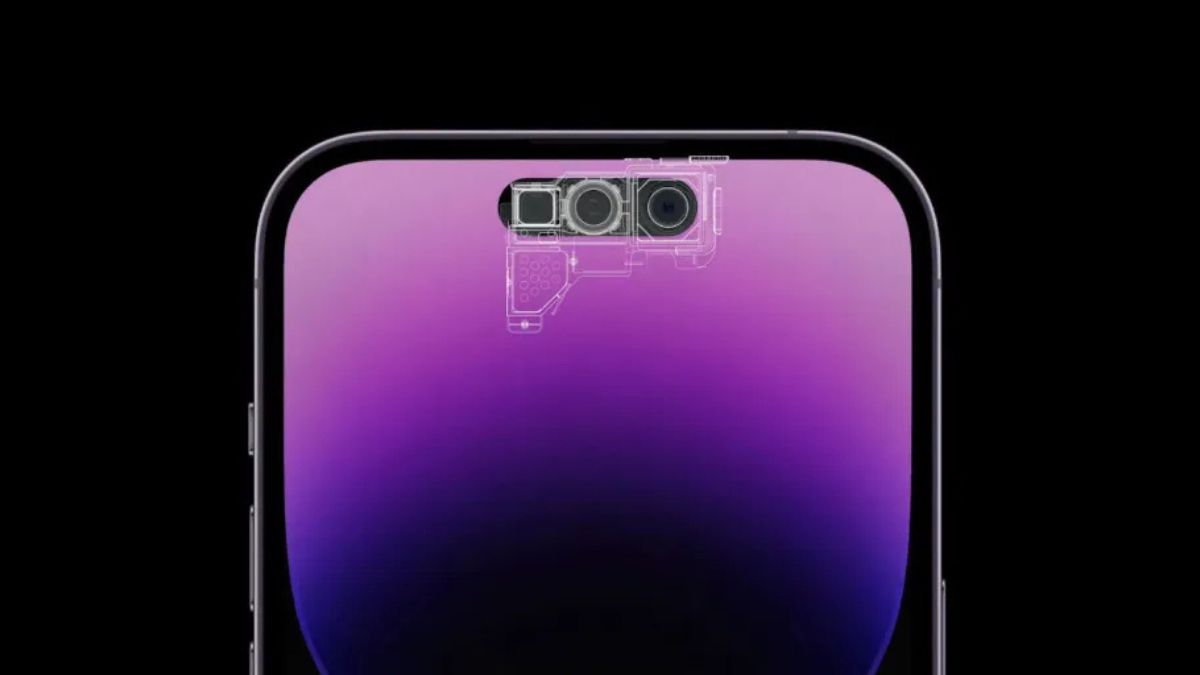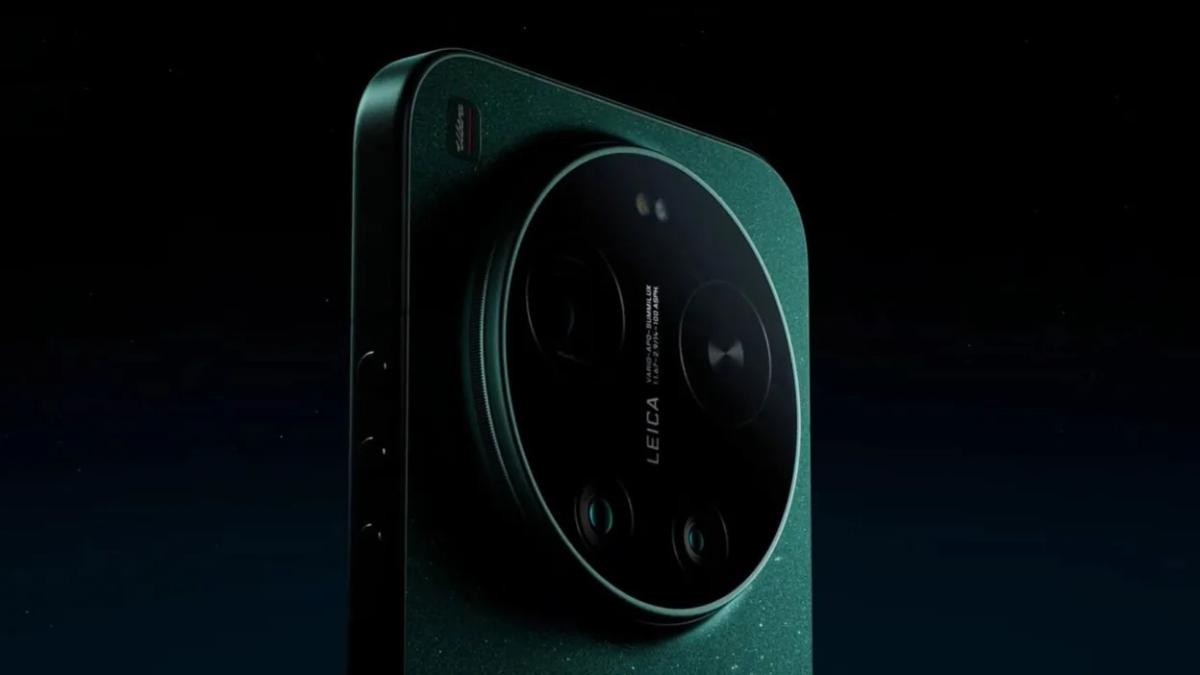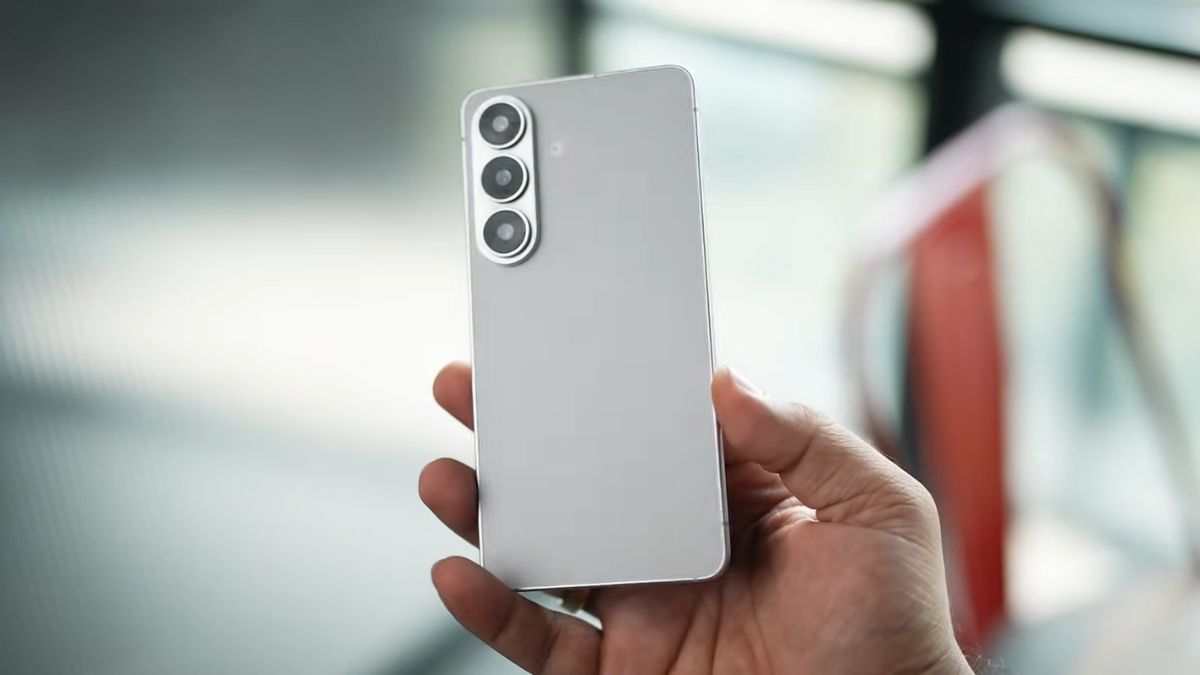Apple has opened the doors to one of its closely guarded durability testing labs, offering a rare look at how its devices are tested for reliability and endurance under extreme conditions.
The exclusive tour was given to select attendees during this year’s Worldwide Developers Conference (WWDC 2025). While this isn’t the first time Apple has allowed outsiders into such facilities, this visit provided one of the most detailed looks yet at the rigorous testing processes each product undergoes before launch.
Apple subjects at least 10,000 iPhones to these tests before releasing a new model, with durability assessments falling into four main categories: environmental, water, impact, and vibration.
Environmental Testing
To simulate real-world usage across 175 countries, Apple exposes devices to a variety of harsh environments. Tests include:
- Salt exposure for up to 100 hours
- High-intensity light and heat
- Dust tests using fine sand from the Arizona desert
- Simulated sweat and earwax for AirPods
These tests are continuously refined using real-world data collected from users, making them increasingly relevant and precise.
Water Resistance
Apple’s devices are tested for water resistance under internationally recognized IP (Ingress Protection) standards. The iPhone 16 Pro, for instance, has an IP68 rating, meaning it can survive being submerged in water up to six meters deep for one hour.
Tests start with basic rain simulation and progress to high-pressure water jets and full submersion in pressurized tanks. Apple also tests against common liquids like soda, juice, sunscreen, and perfume.
Impact and Drop Tests
Apple goes beyond typical YouTuber drop tests by using robotic arms that drop devices at different angles onto a variety of surfaces, including granite, asphalt, and particle board. The company also tracks how each impact affects a device using custom analysis apps.
Vibration Testing
To ensure products can withstand transportation and everyday jolts—such as being carried on motorcycles over rough terrain—Apple uses a vibration table that simulates different shaking frequencies. Devices are strapped in for long-duration stress tests that account for multiple usage scenarios.
These behind-the-scenes efforts reflect Apple’s ongoing commitment to durability and reliability in real-world conditions, far beyond the standard drop or splash resistance demonstrations commonly seen online.













